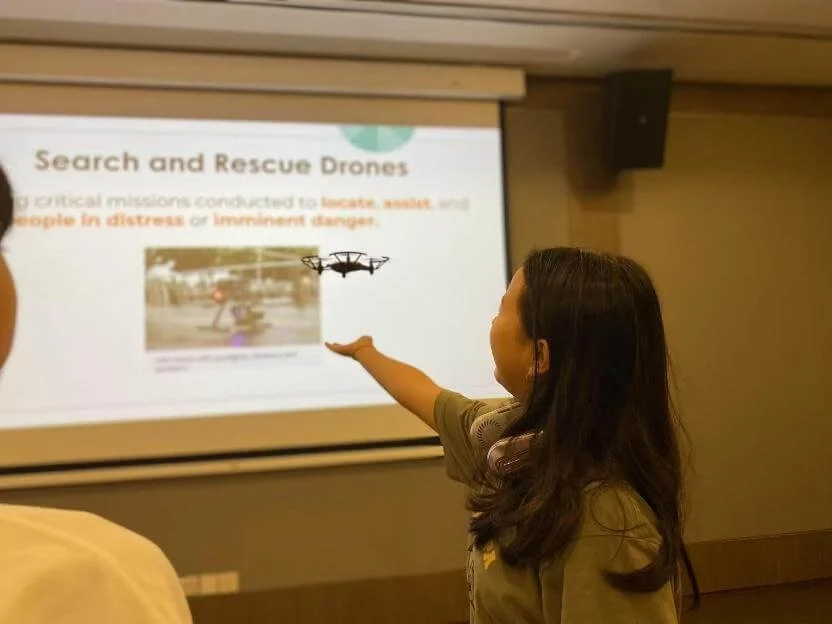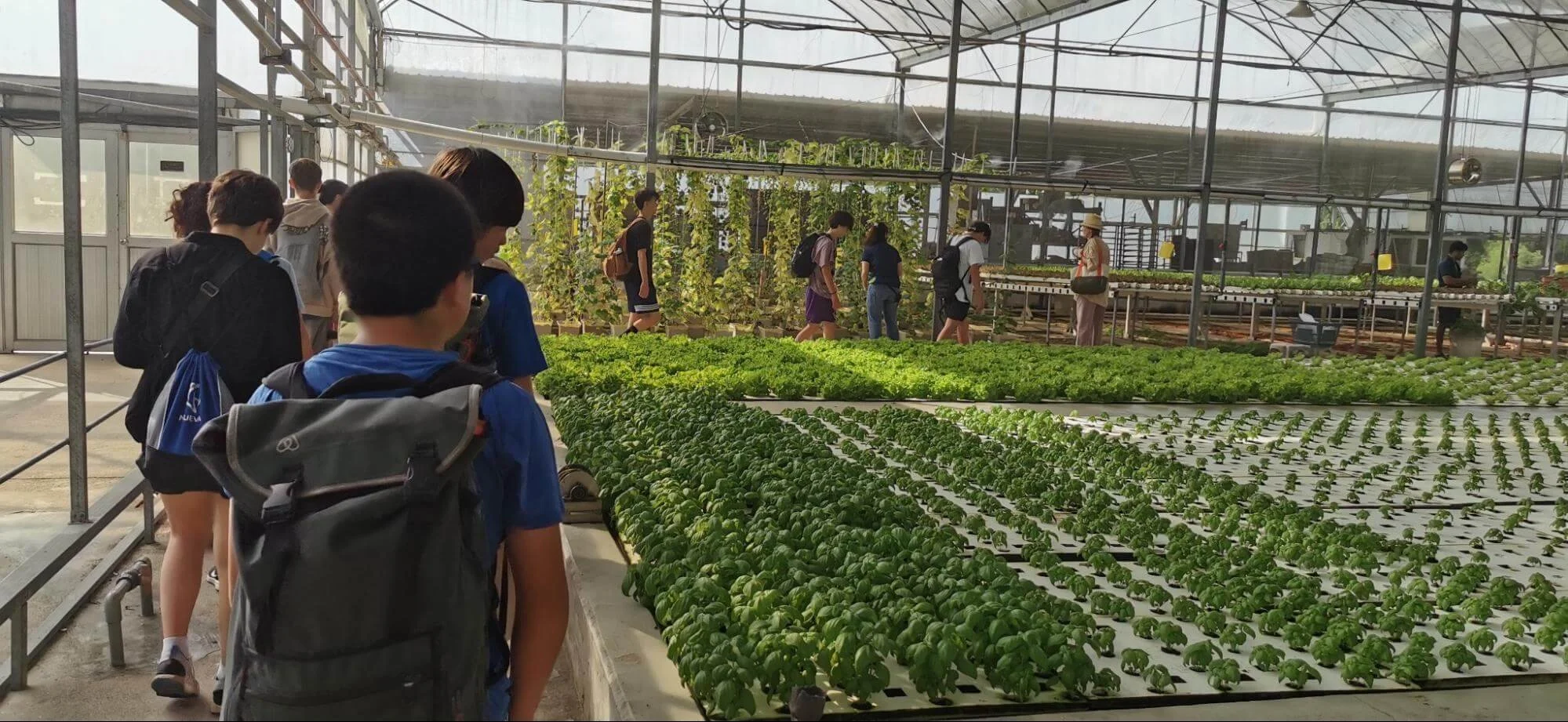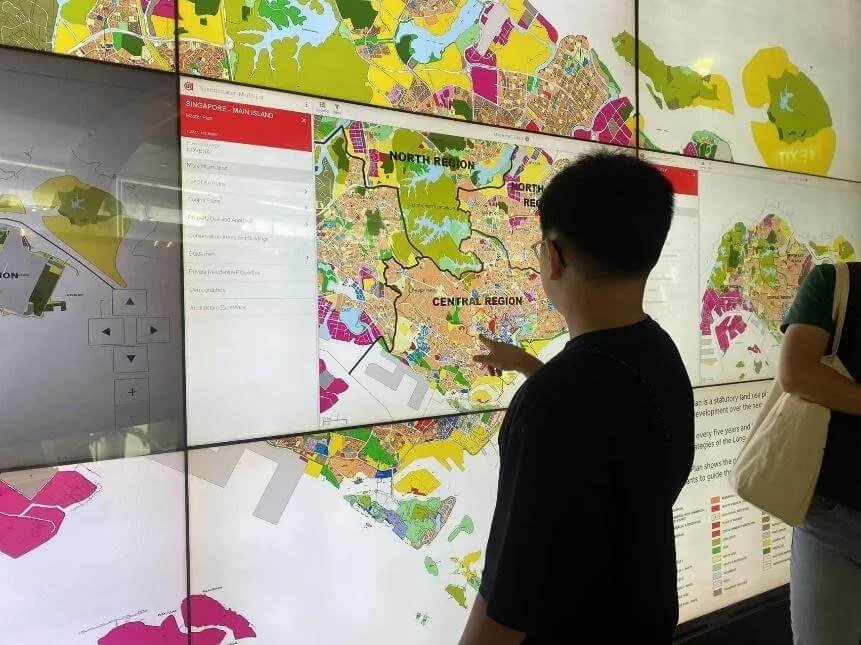Singapore for STEAM Learning: Lessons from Asia’s Innovation Hub
What makes Singapore one of the most desirable places in Asia for STEAM learning? This compact island country combines science, art, and sustainability in ways that few nations can. Singapore incorporates vertical farms, clean water systems, and museums that spotlight art and technology. These innovations provide students with a real-world look at how new ideas can change cities.
Across Asia, many schools are searching for ways to bring classroom learning to life. They want students to see how science, technology, engineering, the arts, and mathematics connect to everyday problem-solving. Singapore provides that bridge. Its mix of modern design, cultural diversity, and forward-thinking education gives students the chance to experience what it means to think across disciplines.
Through Beyond Classrooms’ experiential programs, students and teachers explore Singapore as a living laboratory for innovation. The journey helps students learn how technology and creativity work together, while applying what they've learned to solve challenges within their local communities.
Why Singapore Is Asia’s Innovation Classroom
Singapore has turned its space restrictions into an opportunity for innovation. The country’s Smart Nation effort pushes the use of technology to enhance every element of life, from transportation to sustainability. At the Urban Redevelopment Authority’s Singapore City Gallery, students can witness how city planners apply data and design to create livable, efficient environments. Interactive displays enable people to explore models of the city and see how planning choices impact the environment.
Singapore doesn’t stop at teaching science and technology. It weaves creativity into every level of learning. At the ArtScience Museum, for example, exhibitions combine digital art, design, and engineering to help students understand that innovation often begins with imagination. The museum’s design itself, shaped like a lotus flower, symbolizes harmony between creativity and structure.
Singapore’s approach to STEAM learning becomes even more meaningful when seen through the eyes of students. On a recent Beyond Classrooms program, one school’s journey offered a glimpse into how experiential learning in Singapore inspires curiosity, empathy, and problem-solving in the real world.
Dulwich College Shanghai Puxi Students’ STEAM Journey to Singapore
For the students of Dulwich College Shanghai Puxi, Singapore offered a living example of how innovation, culture, and sustainability come together through STEAM learning. Guided by Trip Leader Mai Lam Phuong, the journey brought classroom theories to life across robotics labs, design studios, and historical landmarks.
Students began their experience with hands-on workshops in robotics, smart cities, and aerospace. These activities encouraged them to think critically about how technology influences communities and sparked thoughtful debate about the role of artificial intelligence in society. Mai observed that each session gave students a chance to explore innovation as a process of asking questions, experimenting, and reflecting on human impact.
The “A” in STEAM became visible as students explored Marina Bay Sands and Gardens by the Bay. Art educator Mr. Kambiz Taherabadi used these visits to help students see architecture and public art as forms of storytelling. “Buildings can be built and aged,” he reflected, “but trees and nature will always return if we let them. It is crucial to embrace this truth for the survival of our Earth.”
Sustainability came to life at Citizen Farm and Comcrop, where students discovered how Singapore tackles food security through vertical farming. They gained perspective on the labor and cost involved in growing even a single kilogram of vegetables, and they later helped pack produce for the SSO Food Bank. These activities helped connect scientific knowledge with empathy and civic awareness.
The visit to the Battle Box Museum added a historical layer to the trip. History teacher Ms. Lauren McGinty noted how it expanded students’ understanding of World War II beyond Europe. “When learners think of WWII, they often picture the battles across Europe,” she explained. “But Southeast Asia played a critical role as well. Japanese occupation left lasting impacts in China, Malaysia, Singapore, and beyond. Understanding this context helps students see the war as a global conflict, not only a European one.”
Walking through Chinatown and Kampong Glam, students reflected on Singapore’s evolution from rainforest to modern city. They saw how urban planning preserved heritage while fostering innovation. Mai highlighted how these experiences encouraged students to see connections between history, environment, and future responsibility.
Each evening, reflection sessions allowed the group to discuss what they had seen and what it meant for their own communities. These moments of shared insight helped students internalize lessons about respect, curiosity, and contribution.
By the end of the journey, they returned home more aware of how creativity, science, and empathy work together to shape society. As one teacher reflected, the trip reminded everyone that innovation is not only about invention but about using creativity to care for the world around us.
Singapore shows that innovation is as much a part of the mindset as its national strategy. Through hands-on learning, cultural exploration, and guided reflection, students come to understand how technology and creativity can work together to build a more sustainable future.
For educators and parents, experiences like these illustrate the power of learning beyond the classroom. They help students see that science and art are not separate worlds but parts of the same story about how people shape their environment.
To learn more about experiential learning opportunities in Singapore, visit our curated school trips to Singapore.







